27+ Sample Competitive Analysis Templates
-
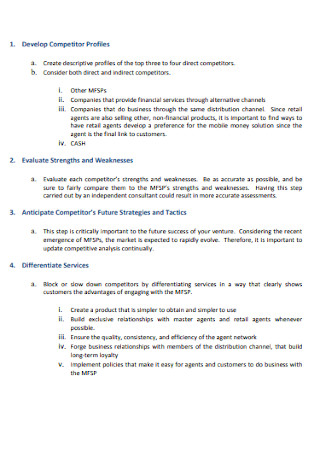
Competitive Strategy Analysis
download now -
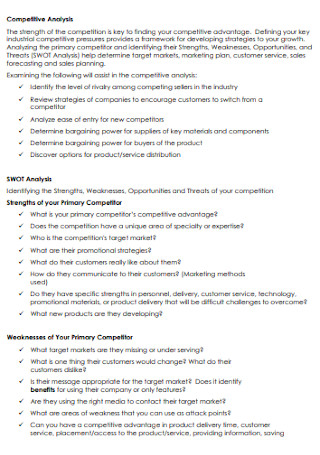
Sample Competitive Analysis Template
download now -
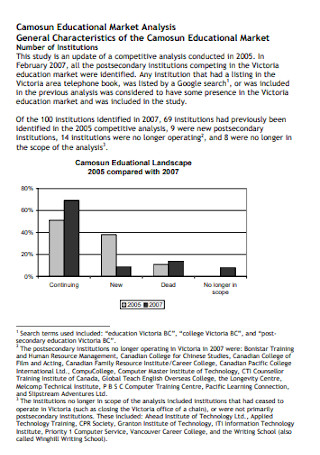
Education Competitive Analysis
download now -
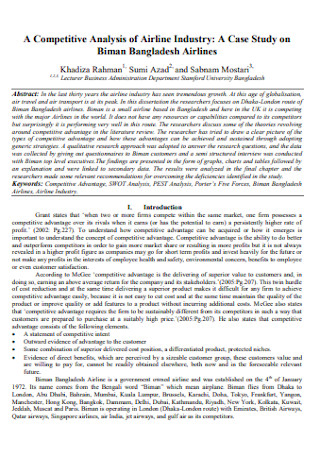
Competitive Analysis of Airline Industry
download now -
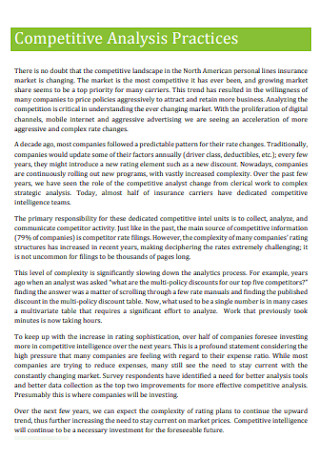
Basic Competitive Analysis Template
download now -
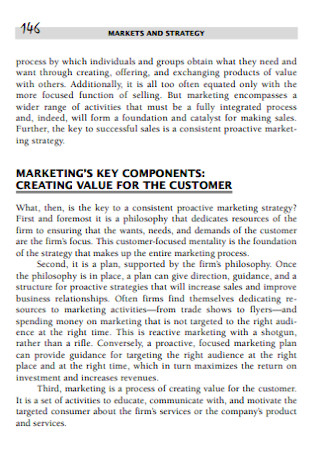
Competitive Market Analysis
download now -

Schools Competitive Analysis
download now -
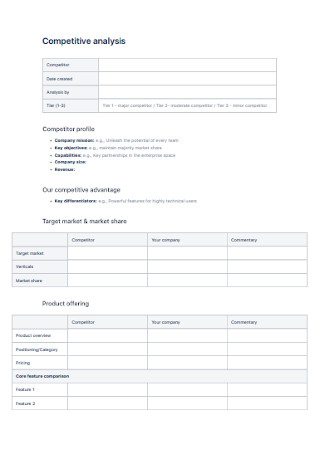
Simple Competitive Analysis Template
download now -

Standard Competitive Analysis Template
download now -

Business and Competitive Analysis
download now -
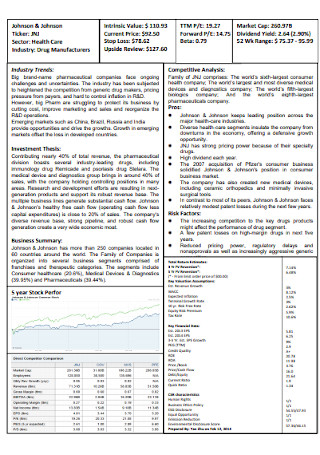
Health Care Competitive Analysis Template
download now -
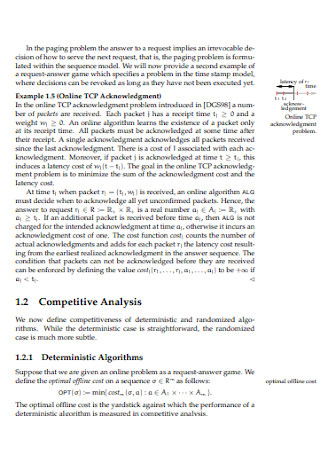
Online Optimization Competitive Analysis
download now -

Competitive Analysis Form
download now -

Compititive Market Analysis Example
download now -
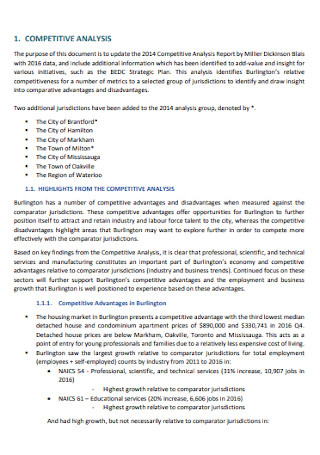
Competitive Analysis Format
download now -
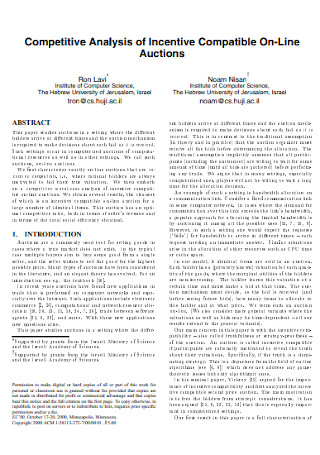
Competitive Analysis of Incentive
download now -
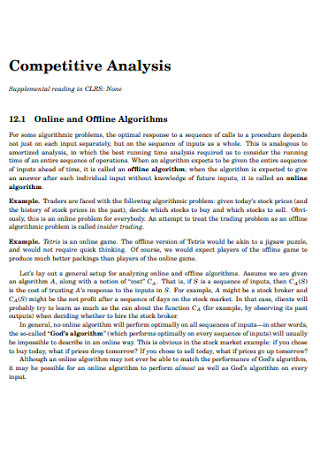
Online Competitive Analysis Template
download now -

Social Media for Competitive Analysis
download now -
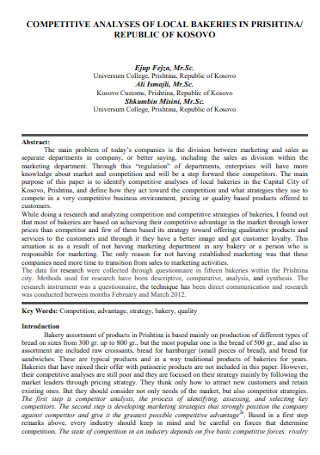
Competitive Analysis of Local Bakeries
download now -
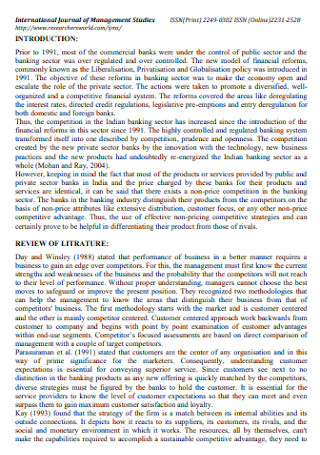
Banks Compititive Analysis
download now -

Simple Competitive Analysis Example
download now -

Online Algorithms and Competitive Analysis
download now -
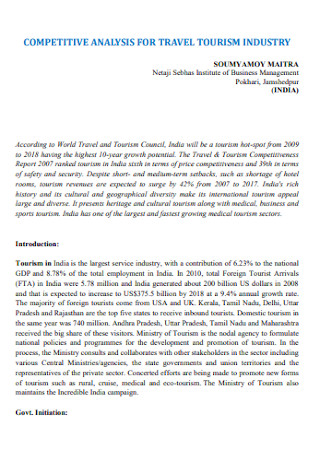
Competitive Analysis for Travel Tourism
download now -
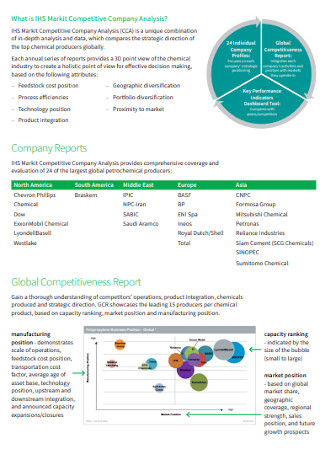
Chemical Competitive Company Analysis
download now -
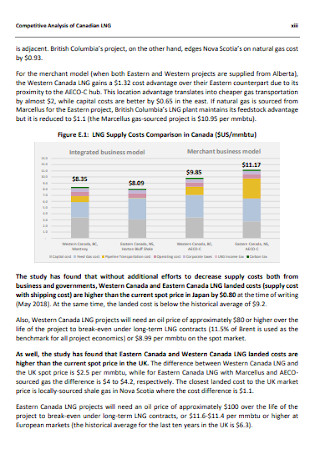
Competitive Analysis of Canadian Template
download now -
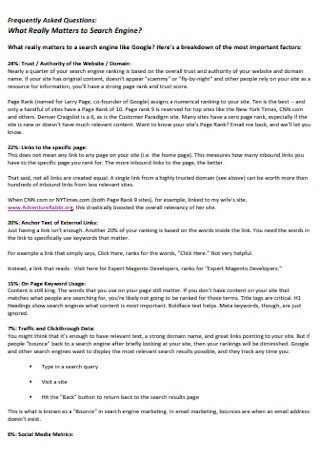
Competitive Analysis Report
download now -
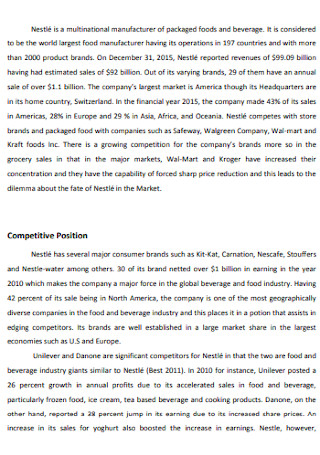
Competitive Position and Analysis Template
download now -
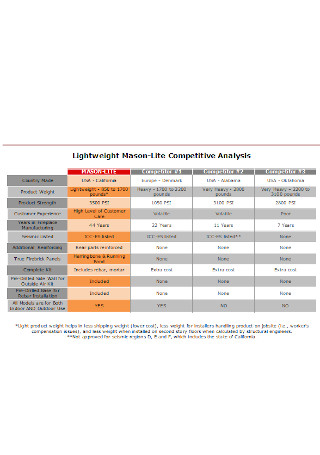
Lightweight Mason Lite Competitive Analysis
download now
FREE Competitive Analysis s to Download
27+ Sample Competitive Analysis Templates
Competitive Analysis: What Is It?
What Are the Elements of Competitive Analysis?
How to Conduct a Competitive Analysis
FAQs
What are the types of competition?
What is competitive intelligence?
Who uses competitive intelligence?
What are some examples of target market strategies?
How do I analyze my customers effectively?
Competitive Analysis: What Is It?
Anyone who handles a business must have heard about competitive or competitor analysis. It is even a crucial part of a business plan. When you scrutinize, evaluate, or analyze your major competitors in the industry, you are already doing a competitive analysis. It is a strategic framework for you to learn about your competitors and how your brand works in the competition. Then after you analyze or interpret data, forming solid business strategies comes next.
A report confirmed that Urban Outfitters reached a 500% increase in revenues, around $3 billion, in the previous ten years of 2013.
According to MIT Sloan, via CommBox.io, 59% of managers believe that using analytics is a way to acquire a competitive advantage in the industry.
Meanwhile, HubSpot reported that 64% of marketers put enough time and effort into search engine optimization (SEO).
Why Is Competitive Analysis Important?
A competitive market analysis is more than just looking through and scrutinizing a competitor’s social media account or reading all enterprise’s customer reviews. So there is no denying that business owners have to invest a lot of effort and time in it. But in case you doubt its necessity, be reminded of its importance first. MIT Sloan, via CommBox.io, reported that 59% of managers trust analytics as a way of getting a competitive advantage in business. Thus, it is a vital tactic to be aware of the competitors’ performance and the threats that may affect your enterprise’s success.
Furthermore, competitive analysis is a crucial tool to create smart business-driven decisions. For example, do you want your product or service to be more profitable than the competitors? The data analysis results will help you decide if the best solution is to have a new marketing strategy, improved customer service, or product development. The same goes for discovering the strengths and weaknesses of your brand. The point is the process is a step closer to make more effective solutions that benefit the business.
Who Benefits from the Competitive Analysis Framework?
Whether you are an entrepreneur, marketer, startup founder, product manager, or business owner, you benefit from competitive analysis. The data results gathered from the process are even assessed in a more in-depth approach. Thus, professionals benefit from the detailed marketing evaluation, business metrics, product analysis report—you name it. The factors to cover in the framework also depend on what your focus is. So, invest time in analyzing that aspect you are interested in uncovering.
What Are the Elements of Competitive Analysis?
Businesses use competitor analysis in different ways and with varying aspects to focus on. But there are common denominators to see in most of them. Who knows some of these typical examples could be what your company needs to address in your next analysis report? On that note, here are some elements of competitive analysis:
How to Conduct a Competitive Analysis
When was the last time you conducted a competitor analysis for your business or brand? Do you know how to work on it effectively? While there are already several businesses that delve into competitor analysis to be more successful, others are actually doing it wrong. To boost your success rate, fret no more by familiarizing these steps on how to conduct competitive analysis efficiently:
Step 1: Begin Profiling Your Competitors
The first step is for you to know who your competitors are. Do some research and don’t simply rely on guesses in listing your competition. Investigating the wrong competitors or subjects will already make the competitive analysis null. So, identify at least ten competitors that are similar to your business nature. If asking others for answers is time-consuming, then Google is always your best friend. But make sure your sources are credible enough.
Step 2: Investigate Competitor Content
Naming your competitors is a good start. Next, analyze or understand further what content your competitors are showing. An example is when your business deals with website marketing. Check where your competitors stand out more. Are people more impressed by one firm that excels in terms of design? Or the other company that excels in marketing using informative blogs or case studies? And as you analyze, compare their performance, like their advantages and disadvantages.
Step 3: Decide What Elements to Focus
As you can recall, there are a lot of elements to incorporate in your competitive analysis. Finalize which of those you would need to focus on first. Maybe you need answers on the quality of customer service a competitor does. A business might have a 24/7 hotline available to accommodate customer concerns, which your company doesn’t have. Another example to check is the business rank under SEO. A report states that 64% of marketers invest effort and time into SEO. And if you plan to manage numerous elements, you can do so with competitive matrix analysis, which can be very challenging.
Step 4: Compare Your Performance from Others
Indeed, you analyze and compare the performance of your competitors. The next concern is to compare their performance to yours. And be objective in doing this, which means that you must accept criticisms so you can fix whichever aspect you failed. Every business has a weakness, and it is alright to acknowledge them one by one. If you notice that competitors are doing much better than your company, then that is a sign to formulate better decisions. And if your business is doing well, then aim to maintain it. Hence, don’t settle for failure since the industry constantly changes.
Step 5: Identify the Areas to Improve
When you compare and evaluate your company’s performance to the competitors, you are already interpreting the data. Then, you share those insights with the people who are working with you through a chart, diagram, or a graphic organizer. Remember that you are not alone in business. So a lot of minds can strategize and come up with solutions that can benefit the enterprise. Moreover, trials and errors are typical in the industry. So learn from those mistakes and allow a competitor analysis to guide you in getting better.
FAQs
What are the types of competition?
In market research, there are four types of competition. These are perfect competition, monopolistic competition, oligopoly, and monopoly. Analysts and business owners need to know the difference between each type until you can determine your competitors according to their class.
What is competitive intelligence?
Competitive intelligence refers to the outcome of any business’ effort in investigating and analyzing data about the industry and its competitors. And having such intelligence is just what every enterprise needs. It enables them to know how to excel in the industry against the competition. Moreover, data gathering and analysis eventually lead to developing strategies and gaps that can keep businesses aware of their current stand.
Who uses competitive intelligence?
First of all, anybody can qualify to use competitive intelligence. Although most executives and managing directors use those, there is no rule that only they can benefit from it. What matters is that the purpose of competitive intelligence will be fulfilled, which is to create wiser decisions based on the industry environment and competition.
What are some examples of target market strategies?
Target market strategies can make use of segmenting, targeting, and positioning, otherwise known as the STP marketing process. And such strategies are highly beneficial to marketing plans and businesses, in general.
How do I analyze my customers effectively?
Analyzing customers can be done in three steps: (1) know your target audience, (2) understand what customers need, and (3) prove how your enterprise’s products and services could meet these clients’ needs.
According to a research firm, Crayon, 41% of businesspeople highly agree that competitive intelligence is crucial to any company’s success. You will surely agree to this as well after applying the findings of your competitive analysis. Thanks to that analysis report, you don’t just identify your competitors. You also grow after creating improvements and strategies that shape your business’ success. And one thing remains true in terms of how to deal with competition—nobody wants to be the same as their competitors.
